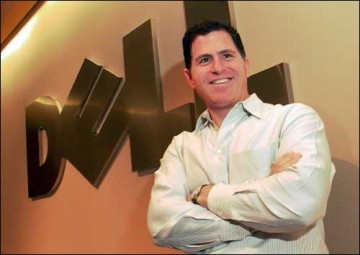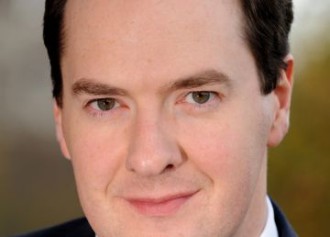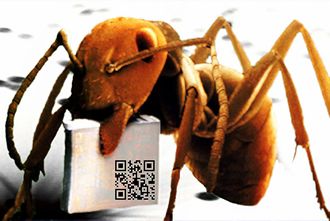 Tin Box shifter Michael Dell has started an IoT solutions partner programme designed to make it easier for partners to identify themselves as specialists in this area.
Tin Box shifter Michael Dell has started an IoT solutions partner programme designed to make it easier for partners to identify themselves as specialists in this area.
The vendor is contacting providers to encourage them to use its technology in their offerings to provide more features, including security and data analytics.
Dell has been listing the tech it provides for intelligent gateways, embedded PCs, security, manageability tools, data center and cloud infrastructure and data analytic tools. It also is building ‘use case blueprints’ that will make it easier for partners to deploy IoT gear.
The IoT partner programme has three tiers – executive, associate and registered.
Registered partners might be doing enough to get the public backing of Dell but do not have enough experience to get the sort of recommendation other tiers. Associates can deliver more differentiated and proven solutions when compared to the registered level. Executives are those that have a stand out proposition and are seen as ‘best in class’ with a proven ability to deliver.
The IoT partner programme includes working with firms including GE, SAP, Software AG, Microsoft, OSIsoft and others.
Dell also stressed that it would continue to build relationships with systems integrators that have vertical expertise.














